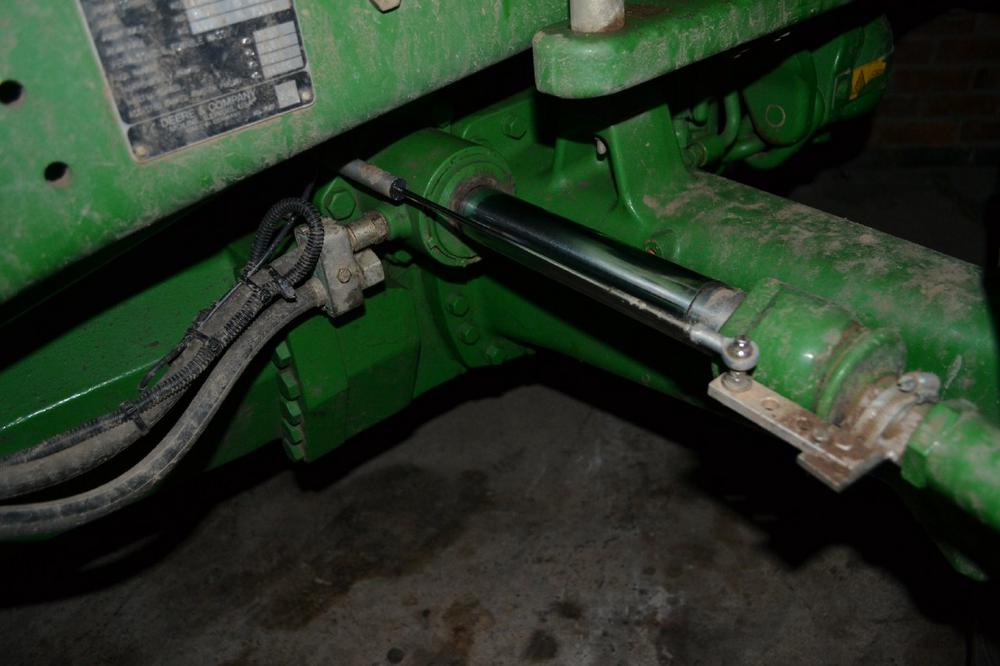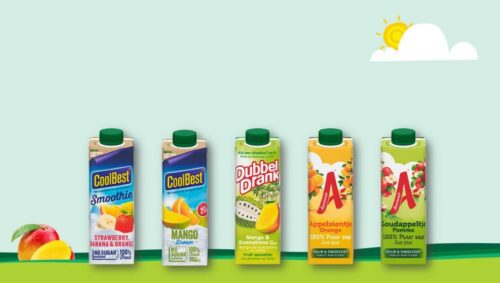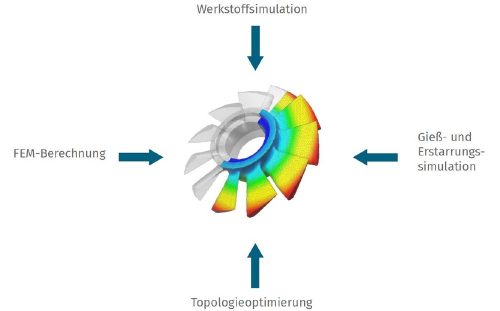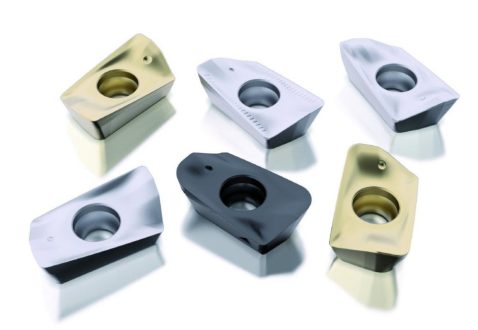
Technical Note: Sensor applications in agricultural machinery
These various types of sensors serve numerous measurement tasks. Some are configured open loop with the position or load information simply fed to a visual display to allow manual operation of a process. Other automated and autonomous machine tasks involve the sensing component as part of closed loop systems where often multiple functions are synchronised, for instance with vision systems and linear motion positioners or rotary actuators for tasks such as in-row weeding or selective crop harvesting.
The high precision angle and linear position sensing technologies offered by Variohm include potentiometric based sensors where there is a physical contact between a conductive plastic track and wiper contact in a housed assembly. As the sensor is extended or rotated, the position information is provided as a linearly proportional voltage measurement.
For rotary angle sensing, Variohm offers two Hall Effect technologies where there is no contact between a fixed sensing element and a rotating magnet. Whilst these sensor types do not differ in the actual way the sensing takes place, they can be differentiated by the first ´non-contacting´ type having an enclosed and housed assembly complete with bearings (so there is a degree of contact involved) – and a second type of ´touchless´ sensor where the sensor and magnet are supplied as separate components and mounted by the customer between the fixed and rotating components. Variohm manufactures a range of Hall Effect angle sensors that are well suited to agricultural applications. Three mechanical design formats with encapsulated sensor electronics form the Euro-XP, XPD and XPK series. The XP and XPD are durable, housed versions featuring optional ´U´ or ´Spring´ shaft drives and a D-shaft drive respectively, both with flange mounting and integral bearings. The third version, the Euro XPK, is a two-part ´puck and magnet´ contactless design. Variohm´s comprehensive range of angle sensors also covers non-contacting sensor technologies with multi-turn capability so that, if attached to ballscrew or leadscrews for instance, they can be calibrated to measure travel length.
For linear position measurement based on a non-contacting measurement principles, magnetorestrictive technology and variations that offer added reliability are available. As separate two-part rod and sensor components, they are assembled inside hydraulic cylinders (in-cylinder´) for position feedback or mounted alongside multiple cylinders typically for telescopic boom control. They are also available as especially robust housed components where a linear support bearing is used.
Clearly, as wear and working life are important aspects for agricultural, and many other mobile machinery applications, the sensors that necessitate contact between sensing elements are possibly less favoured than non-contacting and touchless sensors. Also, in terms of robustness, where the separate sensor and magnets can be epoxy-potted and effectively protected from air and liquid ingress, these technologies are perhaps favoured for the most arduous tasks where long life, low maintenance and best reliability can be assured.
Also for medium precision linear position sensing, and especially useful for long distance measurement, the cable extension sensor combines a rotary sensor on a cable winding drum and a spring-assisted winch mechanism. As the cable extends from the drum it rotates the shaft driving the internal rotary sensor. The sensor technology used in the cable extension sensor can be potentiometric (sometimes called a string pot sensor) or incremental or absolute encoder.
Across this wide choice of position sensor types, accuracy, linearity, repeatability and other factors such as IP rating (up to IP69K), shock and vibration durability can be tuned to the application. The same applies for electrical input levels and electrical output requirements which cover analogue, ratiometric and many choices of digital output including CANopen, SAE J1939, SSI, and many more. Variohm also offers custom modification of electrical and mechanical interfacing to make customer installation as easy as possible.
Variohm´s wide range of pressure sensors are used in hydraulic systems as well as engine pressure measurement – from the sensor manufacturer´s comprehensive automotive industry offerings. Combined pressure and temperature sensors are usefully applied to process related tasks in crop storage, farm fertilizer dispensing machinery and hydraulic control management. Load cells, from an extensive range of product types used by the weighing industry and scale manufacturers, are in widespread use for bale weighing and load sensing for harvested crops in silos and mobile agricultural machinery. The load cells are well proven in similar applications in the construction industry, large commercial transportation vehicles and more. Variohm´s temperature sensors are extensively used by manufacturers of instrumentation systems for measuring ground temperatures and as part of other environmental measurement equipment.
With its longstanding distribution partnerships with several leading sensor manufacturers and wide application experience, plus design and assembly expertise and its own range of manufactured sensor products, Variohm EuroSensor offers complete sales and application support across a comprehensive range of sensor technologies for position, force, pressure, load, and temperature measurement in demanding measurement application across industry, motorsports and research.
Variohm EuroSensor is a manufacturer, distributor and supply chain partner providing complete sales and application support across a comprehensive range of position, force, pressure, load, and temperature sensor technologies – for demanding measurement applications across industry, construction, agriculture, motorsports, research and more.
Variohm Eurosensor Ltd
Hans-Bunte-Straße 8
69123 Heidelberg
Telefon: +49 (6221) 3920100
Telefax: +49 (6221) 7722-44
http://www.variohm.de
MEPAX
Telefon: +44 (7748) 815-825
E-Mail: e.palmer@mepax.com
![]()



